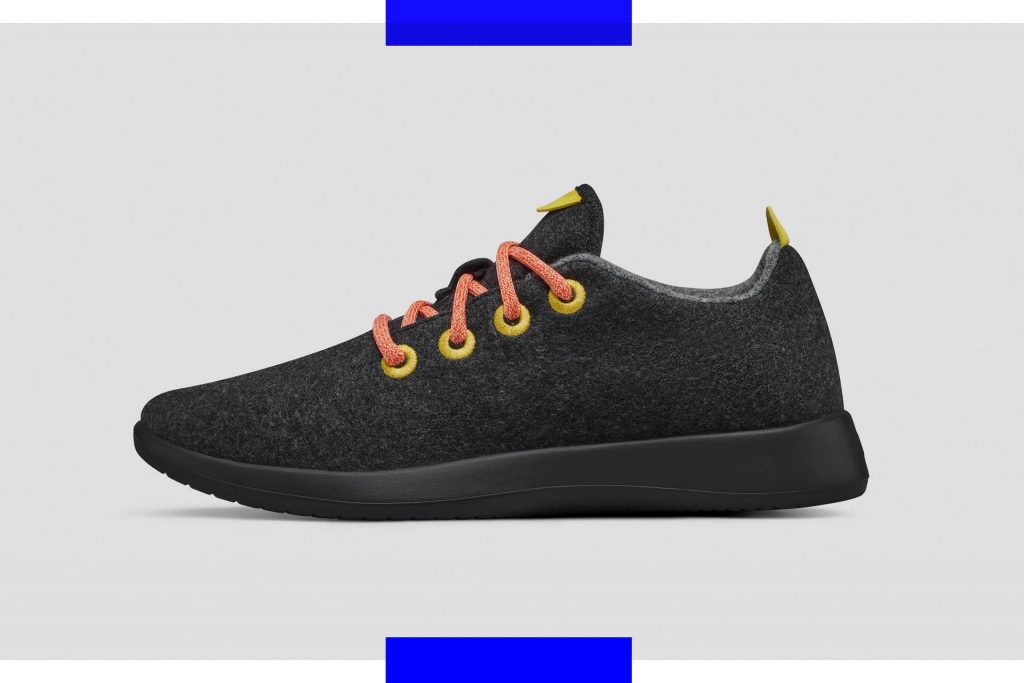
by Rachel Cernansky | VogueBusiness | May 15, 2019
Key takeaways:
- Allbirds offers longer-term contracts to encourage commodity suppliers to develop more sustainable practices and invent new materials.
- When Allbirds used a slightly pricier, eco-friendly shoelace, it absorbed the costs via the lower overhead derived from its direct-to-consumer business.
When former New Zealand footballer Tim Brown and biotech engineer Joey Zwillinger launched the first Allbirds sneaker in 2016, it already had a sustainably sourced merino wool upper and an insole derived from castor bean oil. But to their minds, it had one flaw: the shoelaces weren’t made from recycled material. So the San Francisco-based duo launched with laces made from virgin polyester and kept pressing their factory to come up with a solution.
Shortly after, Allbirds’s supplier said that it had found a way to make the desired shoelaces, although the cost would triple. The manufacturer assumed the price would automatically end the discussion. But Allbirds gave the go-ahead. “Lo and behold, over time, the cost came down,” says Brown. Today, the recycled shoelaces cost only marginally more than the original version, and the factory proactively approaches the brand with eco-friendly innovations.
The evolution of the shoelace is a microcosm of how Allbirds, which now has a valuation of $1.4 billion, drives sustainable practices in its supply chain. It relies on the existing chain where it can meet the company’s demands for both quality and sustainability and charts new courses when needed.
I found this business model particularly interesting because Allbirds is a brand that did not use cost as en excuse as to why it is not sustainable. Instead they tried what they could to give the user the best materials that were good for the environment. Then seeing how expensive this was they were able to help their supplying companies get the costs down on their end.



